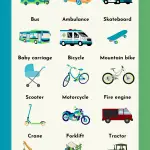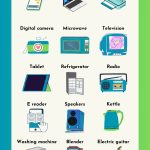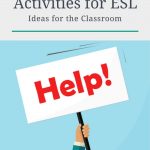If you’re looking for some of the best ideas for teaching the verb “to be” in the past tense (was/were), you’re in the right place. We have the best activities and games, along with worksheets and lesson plans to teach this unit in style!
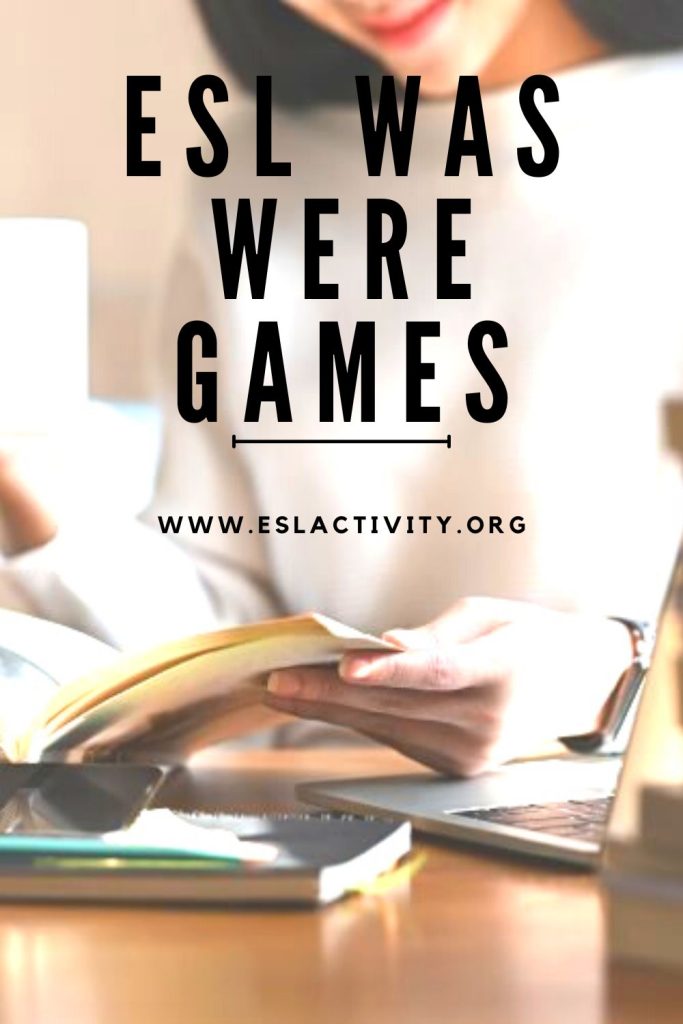
Was were activities and games for ESL
Was Were Activities
Let’s get into the best activities and games for teaching the past tense form of the verb “to be.”
#1: Dictogloss
This is a challenging listening activity for slightly higher-level students. Find or write a passage with lots of sentences that use was/were. Then, students have to work together to dictate the passage correctly. This is a nice lead-in to focus on the specifics of this grammar point. Find out all the details you need to know to use it in class:
#2: Me Too!
Students have to take turns making a true statement using was or were. For example:
- I was sleeping at 7:30 this morning.
- My sister and I were studying English last weekend.
If someone can agree with the statement, they can stand up and say, “Me too!” Continue until everyone has had a chance to make 1-2 sentences (depending on the class size).
#3: Where Was It?
A simple way to focus on was and were is to show students some objects on a PowerPoint slide. They can study it in for a minute. Then, move some things around on the next slide, or take some things away. Ask some questions like:
- Where was the eraser before?
- Was the pencil on the desk?
- Were there 3 or 4 apples?
#4: Find Someone Who…
Have students make up some statements that they think some, but not all of their classmates might answer yes to. I find that four or five is a good number. For example:
Find someone who . . .
- was asleep at 7 am this morning.
- was almost late for class today.
- was annoyed at something on the way to school.
- was sleepy before they drank coffee today.
Then, students have to circulate around the class, finding someone who answers yes to all of their questions.
#5: Proofreading and Editing
A nice way to get students to focus on forms is to have them do some proofreading using the target language. Make some mistakes in a passage with lots of was/were sentences. Find out more:
Proofreading and Editing Activity for ESL.
#6: Consider Using the Test-Teach-Test Approach for Was Were
It’s likely that students already know a fair bit about using was and were in past tense sentences, unless they are absolute beginners. That’s why it makes sense to find out what students already know, before jumping into what they don’t. Here’s a nice way to do that:
#7: Mixed Up Sentences with Was/Were
Was and were sentences can be a bit tricky when it comes to word order, especially with question forms and negatives. That’s why I like to do this unscramble the words to make a sentence activity. Find out more:
Mixed Up Sentences ESL Activity.
#8: Man/Woman on the Street Interview Activity
A fun way to interview someone is to use this man or woman on the street activity. To focus on was and were, have students talk about what they were doing when something important happened. For example:
- Where were you when 9-11 happened?
- What were you doing when you found out that you got your current job?
- Etc.
#9: Dictation Practice
A nice way to find out if students have understood a concept, or not is to have them write it down on a piece of paper. Dictate either a question (Were you late to class today?) or an answer (My mom wasn’t working outside the house when I was growing up). Then, students have to write the answer or the question, depending on the situation.
#10: Yes/No Question ESL Games
Was and were lend themselves really well to yes/no questions. Here are some of the top ideas for teaching this to English learners:
#11: Vocabulary Auction
One of my favourite games for helping students build sentences is the vocabulary auction. It does take a little bit of prep, but students LOVE it. Check it out:
#12: Was Were ESL Reading Lesson
It’s actually quite easy to design your own reading lesson for just about anything, including was/were. Seriously. There are a few simple steps to follow. The advantage is that you can tailor the lesson to exactly what you want to teach, at the right level. Learn more here:
How to Make an ESL Reading Lesson Plan.
#13: Is that Sentence Correct
In this activity, students have to decide if a sentence is correct, or not. If it’s incorrect, they have to make the necessary changes. It can be done in pairs or small groups, and it also makes a nice homework assignment or exam question. Find out more:
Is that Sentence Correct Activity?
#14: More Ideas for Teaching the Past Tense
Was and were are the past tense forms of the verb “to be.” However, there is a lot more to using the past tense than these two verbs. Have a look at my other ideas here:
ESL Past Tense Games and Activities.
#15: ESL Reading Lesson for Was Were
It’s easier than you might think to plan an ESL reading lesson using was and were. There are a few simple steps to follow to ace lesson planning like a champ!
#16: Fill in the Blank ESL Games and Activities
A nice way to teach was/were to beginners is to use some fill in the blank activities. This is far easier than students having to produce this language without any structure. Have a look at some fill in the blanks ideas:
Fill in the Blanks Games for ESL.
#17: Sentence Structure TEFL Activities
Time spent helping students build better sentences is never wasted time! After all, sentences are the foundation of any language. Was and were certainly can get a bit tricky when you consider questions and negatives. Check out some of my ideas for helping students build sentences:
Sentence Structure ESL Activities.
#18: Running Dictation
I love to use this game to get students out of their seats and moving around the classroom. It’s the ultimate TEFL activity for Monday morning or Friday afternoons when you need to create a bit of energy.
It’s also ideal for teaching the past tense forms of the verb “to be.” Just write (or find) a conversation containing lots of instances of them. Then, follow the steps below to put together a nice activity.
#19: Yesterday’s Events
Provide a list of activities or events that occurred the previous day. Students take turns sharing what they or others did using “was” or “were.” Example dialogue: Student 1: “I was at the park yesterday.” Student 2: “I was studying at home.” Student 3: “We were watching a movie.”
#20: Guess the Profession
Give students clues about a profession or job. They have to guess the profession using “was” or “were.” Example dialogue: Teacher: “This person works in a hospital, wears a white coat, and helps sick people. Who was this?” Student: “They were a doctor.”
#21: Describe a Past Vacation
Students take turns describing a past vacation they went on using “was” or “were,” discussing the location, activities, and experiences. Example dialogue: Student 1: “I was in Hawaii last summer. There were beautiful beaches and surfing lessons.” Student 2: “I was in Paris. There were famous landmarks like the Eiffel Tower.”
#22: The Missing Information
Provide incomplete sentences about a past event or situation. Students fill in the missing information using “was” or “were.” Example dialogue: Teacher: “Yesterday, I ______ at the library. There ______ many books to choose from.” Student: “Yesterday, I was at the library. There were many books to choose from.”
#23: Guess Who I Was
Students choose a famous historical figure or character. They give hints about the person using “was” or “were,” and others have to guess who they were describing. Example dialogue: Student 1: “I was a scientist. I discovered gravity.” Student 2: “You were Isaac Newton!”
#24: Past Tense Storytelling
Students work in groups to create a story using past tense verbs with “was” or “were.” Each student adds a sentence to continue the story. Example dialogue: Student 1: “There was a little girl who found a magic key.” Student 2: “She was curious and decided to open a mysterious door.” Student 3: “Inside, there were talking animals and a hidden treasure.”
#25: Time Capsule
Students imagine they are burying a time capsule. They write or discuss what they would include and explain why those items were significant. Example dialogue: Student 1: “I would include a photo of my family. They were always supportive.” Student 2: “I would include my favorite book. It was important for my imagination.”
#26: Interviewing the Past
Students pair up, with one student playing a famous historical figure or character. The other student interviews them, asking questions using “was” or “were.” Example dialogue: Student 1 (playing Albert Einstein): “I was a scientist. I was interested in the theory of relativity.” Student 2: “What were your contributions to physics?”
Was Were Worksheet
If you’re a teacher, then you already know how much time it can save to use materials that other teachers have created. Here are some of the best options for was were worksheets.
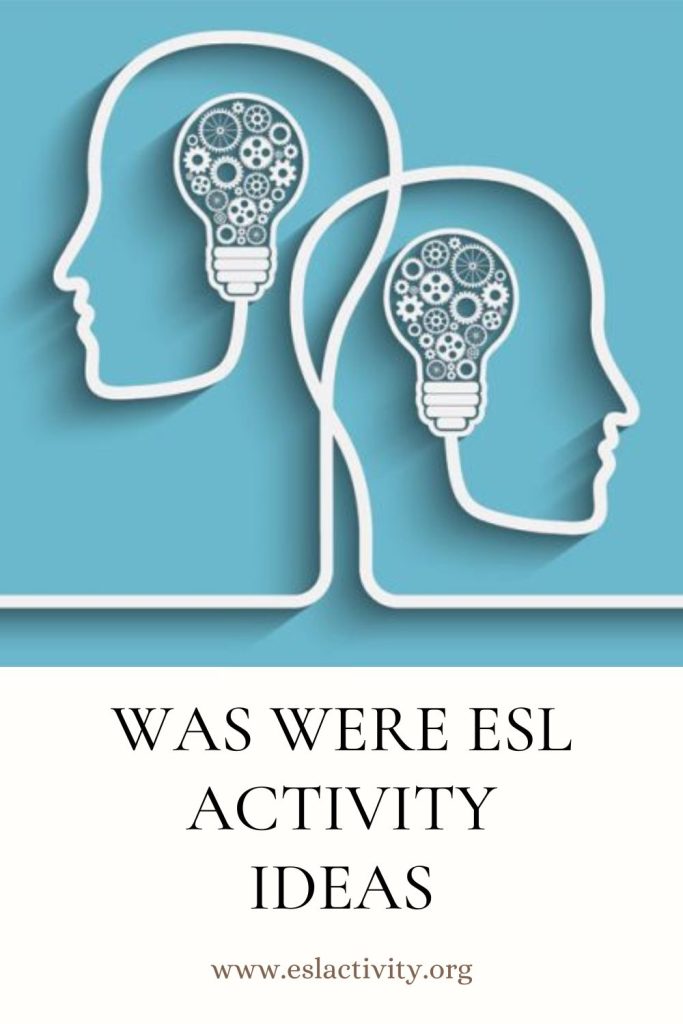
Was were worksheets for English learners
Was and Were ESL Lesson Plans
If you want to teach was were questions and statements in an interesting way, consider one of these lesson plans:
Was Were Online Practice
If students want a bit more practice with was/were outside of class, here are a few websites that I recommend to them:
More Ideas for Teaching English
- Bolen, Jackie (Author)
- English (Publication Language)
- 185 Pages - 03/10/2016 (Publication Date) - CreateSpace Independent Publishing Platform (Publisher)
The key to better English classes is a wide variety of interactive and engaging ESL activities and games. This is the book you need to get through the semester in style: 101 ESL Activities for Teenager and Adults.
Pick up a copy of the book today, and get ready for better English lessons tomorrow:
FAQs about Was/Were
There are a number of common questions that people have about teaching was and were to English learners. Here are the answers to some of the most popular ones.
What is the past tense of “to be”?
The past tense of “to be” is “was” for singular subjects (I, he, she, it) and “were” for plural subjects (you, we, they).
When do we use “was” and “were”?
We use “was” when talking about a singular subject, and “were” when talking about multiple subjects or when using the pronouns “you,” “we,” or “they.”
Can you give an example sentence using “was”?
An example of a sentence using “was” is, “She was happy yesterday.”
Can you give an example sentence using “were”?
An example of a sentence using “were” is, “They were at the park last night.”
How can I practice the past tense of “to be” with my students?
To practice “to be” in the past tense with students, you can engage students in various activities like sentence-building exercises, role-plays, or conversation practice using past events to reinforce the usage of “was” and “were” in different contexts.
Tips for Teaching Was and Were to ESL Students
Teaching “was” and “were” to ESL learners can be challenging but with the right approach, it can be made easier. Here are some tips:
Start with simple examples
Begin with basic sentences that demonstrate the difference between “was” (singular) and “were” (plural). For example, “He was at home” vs. “They were at school.”
Use visuals
Visual aids such as pictures or flashcards can help reinforce the concept of singular and plural subjects. Show a picture of one person and say “He was…” then show a picture of several people and say “They were…”
Practice with exercises
Provide plenty of exercises where students have to choose between “was” and “were” to complete sentences. This helps them understand the correct context for each word.
Role-playing
Use role-playing activities to practice using “was” and “were” in different scenarios. For example, students can pretend to be at a restaurant and ask each other where they were yesterday.
Provide feedback
Correct any mistakes gently and provide explanations as needed. Encourage students to learn from their errors.
Use real-life examples
Incorporate “was” and “were” into conversations about students’ daily lives. Ask questions like “Where were you yesterday?” or “What was your favorite movie as a child?”
Review regularly
Make sure to revisit the concept of “was” and “were” regularly in future lessons to reinforce learning.
Make it fun
Incorporate games and activities into your lessons to make learning more engaging. For example, play a memory game where students match sentences using “was” and “were” with corresponding pictures.
By using a variety of teaching methods and providing plenty of practice opportunities, you can help your ESL students understand and use “was” and “were” correctly in sentences.
Was Were Activity: Join the Conversation
Do you have any favourite activities or games for teaching was and were to English learners? Leave a comment and let us know. We’d love to hear from you.
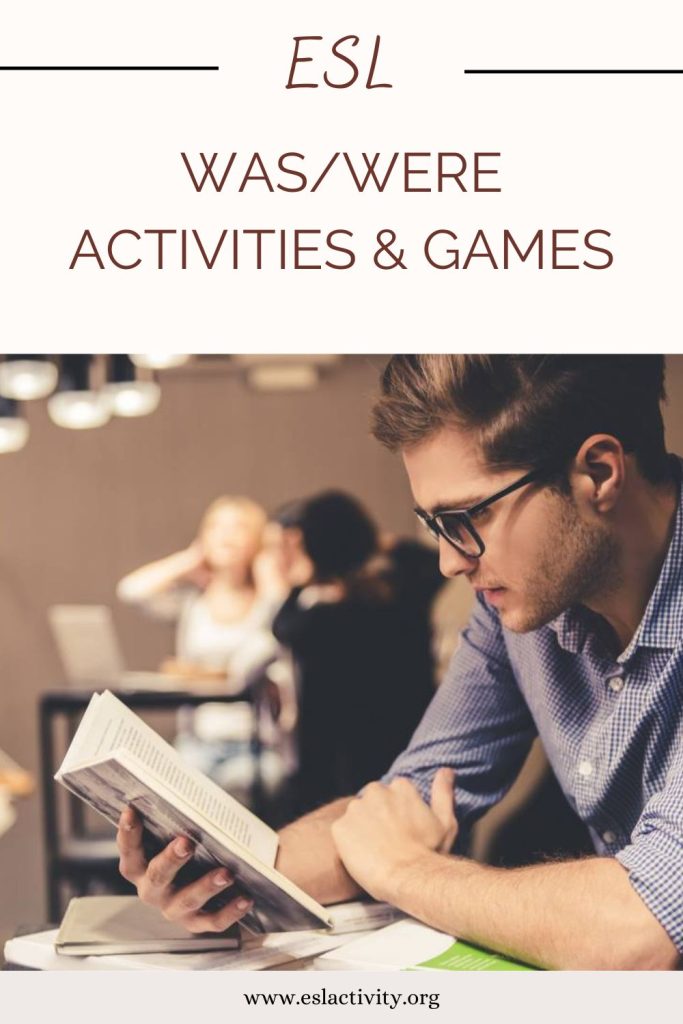
“To be” verb past tense
Last update on 2022-07-17 / Affiliate links / Images from Amazon Product Advertising API



